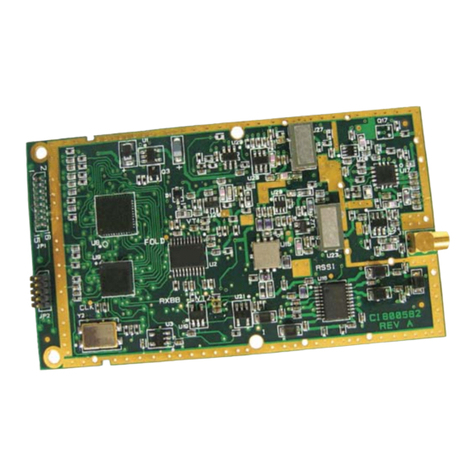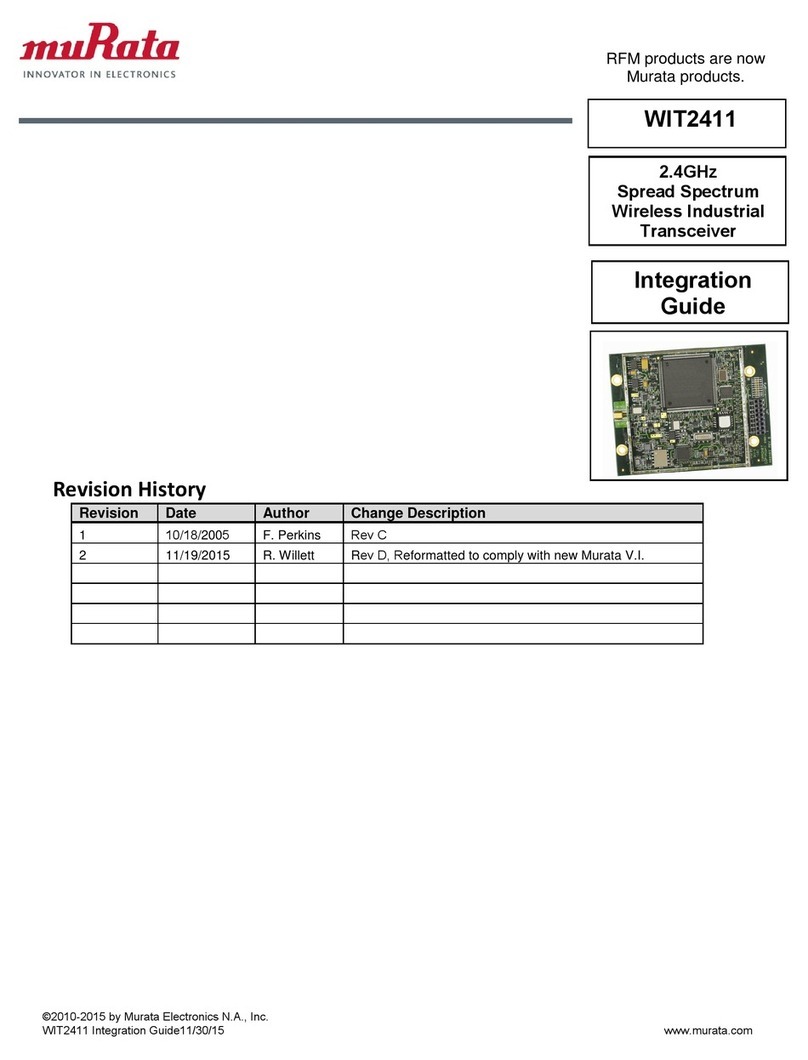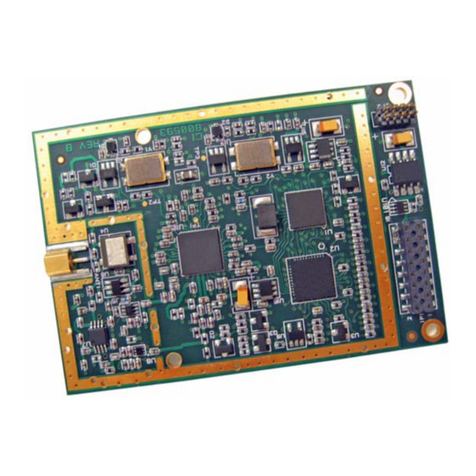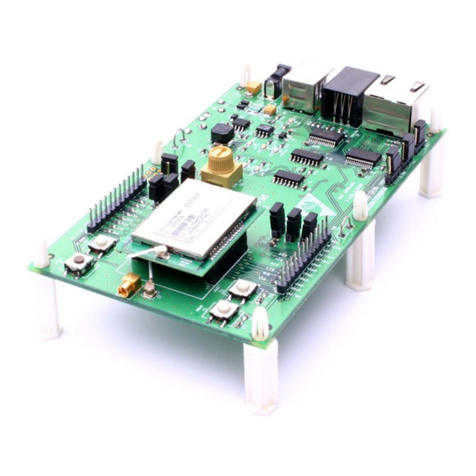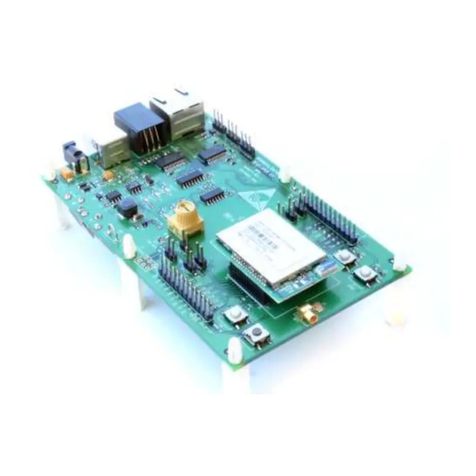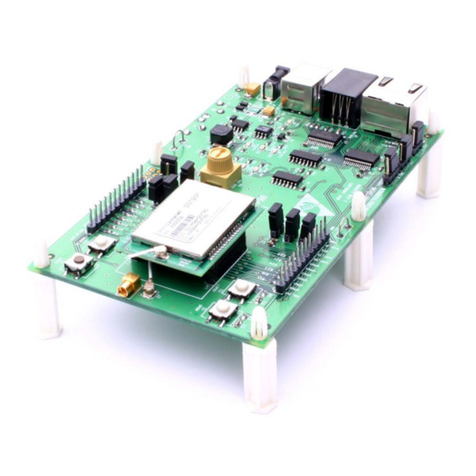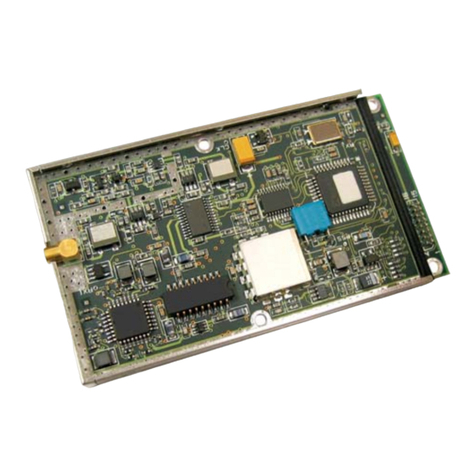Table of Contents
1.1 DNT90E Introduction........................................................................................................................ 6
1.2 Why Spread Spectrum?.............................................................................................................6
1.3 Frequency Hopping versus Direct Sequence ............................................................................7
2.1 DNT90E System Overview...............................................................................................................8
2.2 Point-to-Point Systems ..............................................................................................................8
2.3 Point-to-Multipoint Systems .......................................................................................................9
2.4 Store-and-Forward Systems...................................................................................................... 9
2.5 RF Channel Access................................................................................................................. 10
2.6 DNT90E Addressing................................................................................................................11
2.7 Network Linking and Slot Registration.....................................................................................11
2.6.1 Fast Linking Techniques ...................................................................................................12
2.7 Transparent and Protocol-formatted Serial Data ..................................................................... 12
3.1 DNT90E Application Interfaces ......................................................................................................13
3.2 Serial Ports .............................................................................................................................. 13
3.3 SPI Port....................................................................................................................................13
3.4 Digital I/O.................................................................................................................................16
3.5 Analog I/O................................................................................................................................ 16
3.6 I/O Event Reporting and I/O Binding........................................................................................17
4.1 DNT90E System Configuration ......................................................................................................18
4.2 Configuration Parameters........................................................................................................ 18
4.3 Configuring a Basic Point-to-Point System..............................................................................18
4.4 Configuring a Basic Point-to-Multipoint System....................................................................... 18
4.5 Configuring a Customized Point-to-Point or Point-to-Multipoint System..................................19
4.6 Configuring a Store-and-Forward System................................................................................20
4.7 Slot Buffer Sizes, Number of Slots, Messages per Hop and Hop Duration ............................. 21
5.1 DNT90E Application Interface Configuration......................................................................................23
5.2 Configuring the Serial Port.......................................................................................................23
5.3 Configuring the SPI Port..........................................................................................................24
5.4 Configuring Digital I/O.............................................................................................................. 24
5.5 Configuring Analog I/O.............................................................................................................24
5.6 Configuring I/O Event Reporting and I/O Binding....................................................................25
5.7 Configuring Sleep Mode ..........................................................................................................26
6.1 DNT90E Hardware......................................................................................................................... 27
6.2 Electrical Specifications ...........................................................................................................28
6.3 Module Pin Out........................................................................................................................29
6.4 Antenna Connector.................................................................................................................. 30
6.5 Power Supply and Input Voltages............................................................................................31
6.6 ESD and Transient Protection ......................................................................................................31
6.7 Interfacing to 5 V Logic Systems ............................................................................................. 31
6.8 Mounting and Enclosures ........................................................................................................31
6.9 Labeling and Notices ...............................................................................................................32
7.1 DNT90E Protocol-formatted Messages.......................................................................................... 33
7.2 Protocol Formats......................................................................................................................33
7.3 Message Types........................................................................................................................ 33
7.4 Message Format Details..........................................................................................................34
